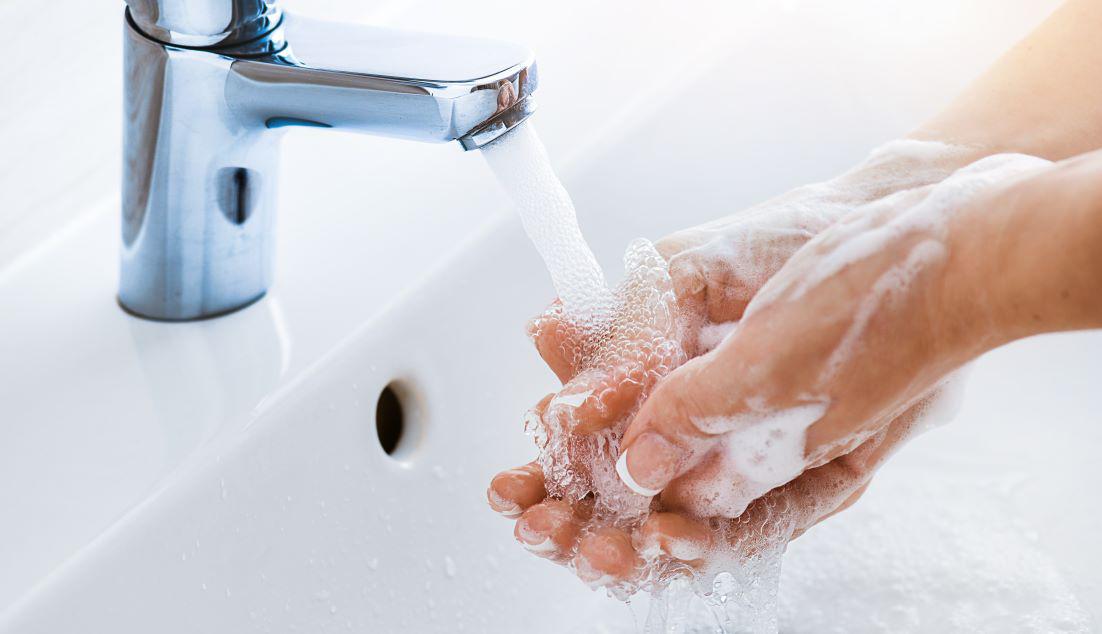 Happy Birthday, the Alphabet Song, Stayin’ Alive – what do all these songs have in common? They make great hand-washing soundtracks! Over the past year and a half, hand washing has been everyone’s focus. Why? Because it’s the best way to prevent the spread of germs (lest we forget we are in a global pandemic).
Happy Birthday, the Alphabet Song, Stayin’ Alive – what do all these songs have in common? They make great hand-washing soundtracks! Over the past year and a half, hand washing has been everyone’s focus. Why? Because it’s the best way to prevent the spread of germs (lest we forget we are in a global pandemic).
How Does Handwashing Work to Fight Disease?
If done correctly, washing hands rids your hands of bacteria, viruses, and other microorganisms that can lead to disease. However, a quick rinsing under the faucet doesn’t do the trick. According to the Center for Disease Control and Prevention (CDC), to successfully remove dangerous pathogens from your hands, you should:
- Wet your hands with clean, running water (warm or cold), turn off the tap, and apply soap.
- Lather your hands by rubbing them together with the soap. Lather the backs of your hands, between your fingers, and under your nails.
- Scrub your hands for at least 20 seconds. Need a timer? Refer to those catchy tunes we mentioned earlier.
- Rinse your hands well under clean, running water.
- Dry your hands using a clean towel or air dry them.
This method will allow the necessary time for the soap to go to work.
Thoroughly washing your hands with soap and water is preferred, but sometimes it’s just not feasible. For those times, the CDC recommends using a hand sanitizer that contains at least 60% alcohol and following these steps:
- Apply the gel product to the palm of one hand (read the label to learn the correct amount).
- Rub your hands together.
- Rub the gel over all the surfaces of your hands and fingers until your hands are dry. This should take around 20 seconds.
Bacteria and Your Mouth
By now, washing your hands before and after handling food, using the restroom and spending time in public areas should be second nature. However, another key time to wash your hands is before you brush and floss your teeth. Just like when you eat, your hands are in close proximity to – and, when it comes to flossing, actually in - your mouth. If you aren’t practicing oral hygiene with freshly washed hands, you’re putting yourself at risk for an array of potential illnesses.
Your oral microbiome is made up of all the bacteria that live in your mouth. In your oral microbiome, healthy bacteria protect your mouth by fighting tooth decay. However, alongside the healthy bacteria are harmful bacteria that lead to cavities and disease. Reducing the amount of bacteria that impacts your oral microbiome starts with simple handwashing.
Contact Our Office
At our practice, patient health is the top priority. Whether you need to schedule a routine cleaning or have specific dental questions, our team is ready to help. Give us a call today!

